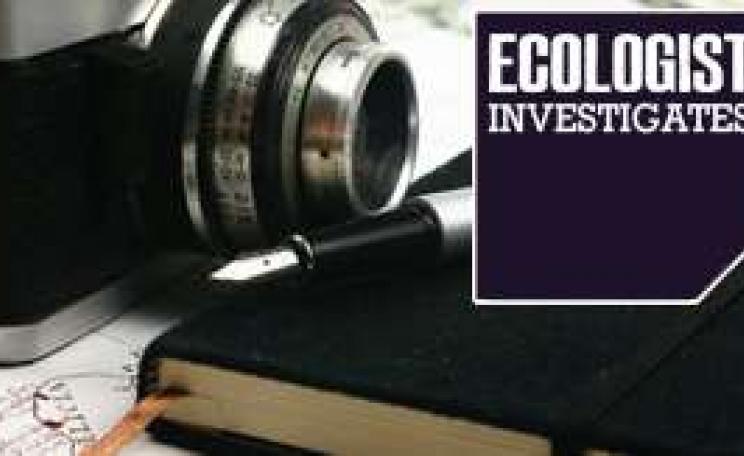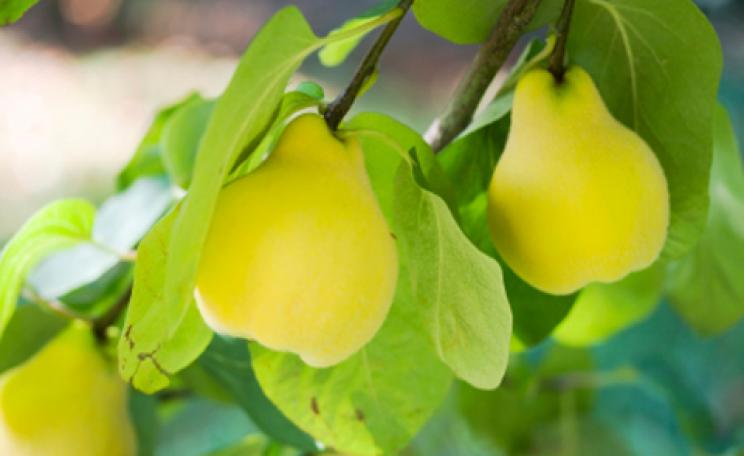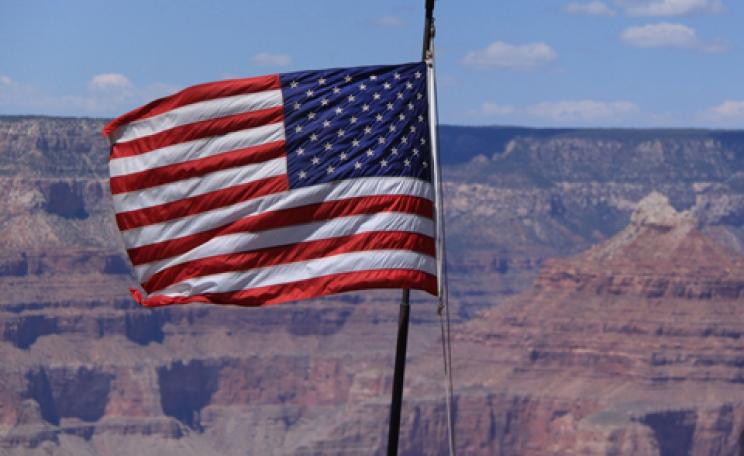One of the most wonderful things about travel is returning to a place you love to see how things have changed while you’ve been gone. A new family of blackbirds might have moved in, a new boat appeared or a new plaque on a landmark. Faces will have changed, monuments might look smaller or you could be with friends instead of alone. But change isn’t always sweet. The old town you remember from summers past has been defaced by a skyscraper, while the clean beaches you sat on are now oil-smeared and deserted.
Along with reliving memories, revisiting destinations is also a useful mechanism for charting the effects of climate change and increased urbanisation on an area. And it’s this idea that is behind a new app, Fragile Planet, which uses photography to document changes to global landscapes. From the artificial islands of Dubai to the receding Briksdalsbreen glacier, the app provides a fascinating – and sometimes shocking – look at the way our planet is changing. ‘The Fragile Earth app is one of the first apps to show clearly some of the amazing changes that are happening to our planet,’ says Jethro Lennox, Head of Publishing - Collins Geo at HarperCollins. ‘The swipe function allows users to compare photographs on top of each other. This makes it especially effective when looking at satellite and aerial photographs.’ While the images are beautiful, the layering function makes it heartbreakingly easy to see the extent of the deforestation that has taken place in the Amazon, and the steady shrinkage of the Aral Sea in Central Asia.
Lennox hopes the app will help to highlight the impact we’re collectively having on the planet, and also work as an educational tool. ‘The aim of most of our publishing at Collins Geo is to make a complex subject more accessible,’ he adds. ‘With the Fragile Earth app we are opening up the fields of environmental studies and satellite imagery. The app makes it possible for anyone who has a general interest in geography, the environment, and the planet we live on, to study to these images.’
The Fragile Earth app, £1.99, is available to purchase from the iTunes app store
| READ MORE... | |
 |
GREEN LIVING Five of the best... gypsy caravan breaks Forget My Big Fat Gypsy Wedding; the UK’s Romany caravans offer discreet luxury, emerald eco credentials and the chance to get back to nature in style. Lisa Stephens rounds up five of the best |
 |
GREEN LIVING On Stevenson’s trail: honey and horses in the Cévennes Robert Louis Stevenson’s account of his epic 1879 journey through the Cévennes is one of the high points of travel literature but as Ruth Styles found out, there’s still plenty to be discovered |
 |
GREEN LIVING Special report Sable shenanigans: how Zambia’s sable population is falling prey to unscrupulous traders In Zambia’s newest national park live more than 200 sable antelope. Coralled in conditions that are far from ideal, the animals have languished there for almost three years; the victims of bureaucracy, unscrupulous operators and a disregard for conservation. Ian Michler reports |
 |
GREEN LIVING See weed and eat it: a foraging break on the Scilly Isles Seaweed, carrot flower and locally caught fish were all on the menu during Kate Eshelby’s gastronomic tour of the Scillies |
 |
GREEN LIVING Top 10… green travel blogs Need some destination inspiration? Ruth Styles rounds up the travel blogs that are making greener getaways cool |








